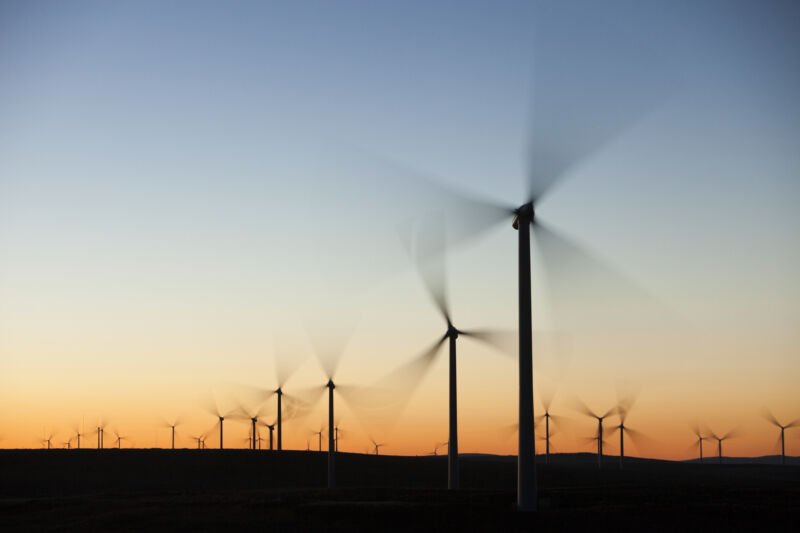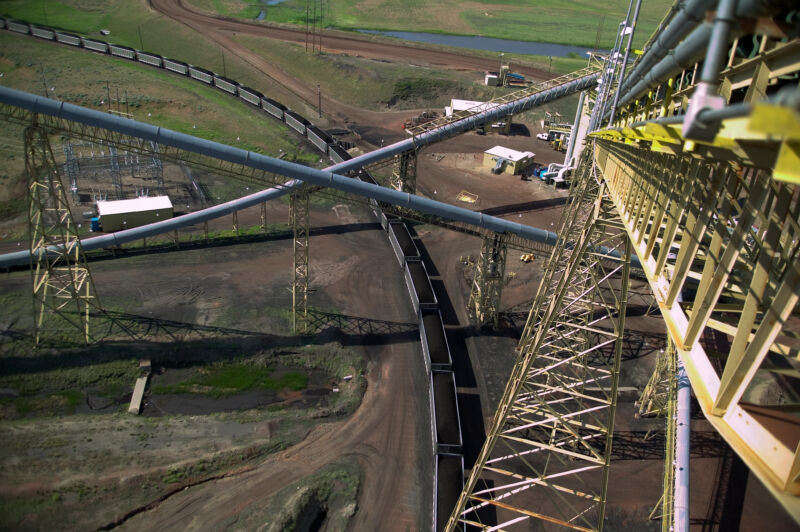Climate and health benefits of wind and solar dwarf all subsidies

Enlarge (credit: Ashley Cooper)
When used to generate power or move vehicles, fossil fuels kill people. Particulates and ozone resulting from fossil fuel burning cause direct health impacts, while climate change will act indirectly. Regardless of the immediacy, premature deaths and illness prior to death are felt through lost productivity and the cost of treatments.
Typically, you see the financial impacts quantified when the EPA issues new regulations, as the health benefits of limiting pollution typically dwarf the costs of meeting new standards. But some researchers from Lawrence Berkeley National Lab have now done similar calculations—but focusing on the impact of renewable energy. Wind and solar, by displacing fossil fuel use, are acting as a form of pollution control and so should produce similar economic benefits.
Do they ever. The researchers find that, in the US, wind and solar have health and climate benefits of over $100 for every Megawatt-hour produced, for a total of a quarter-trillion dollars in just the last four years. This dwarfs the cost of the electricity they generate and the total of the subsidies they received.




